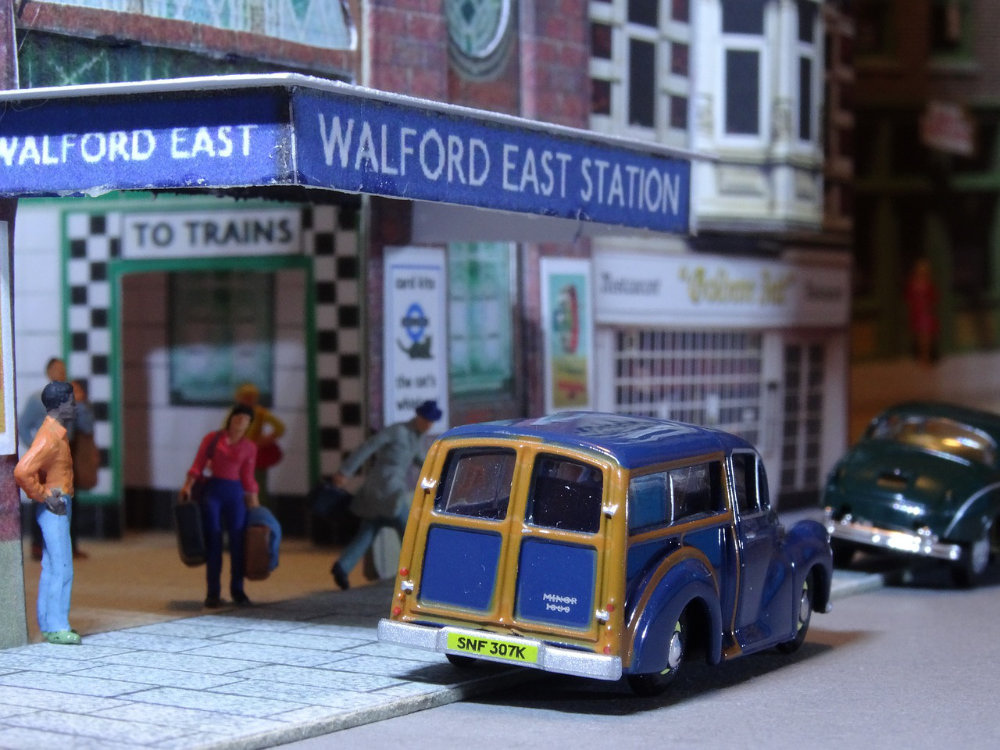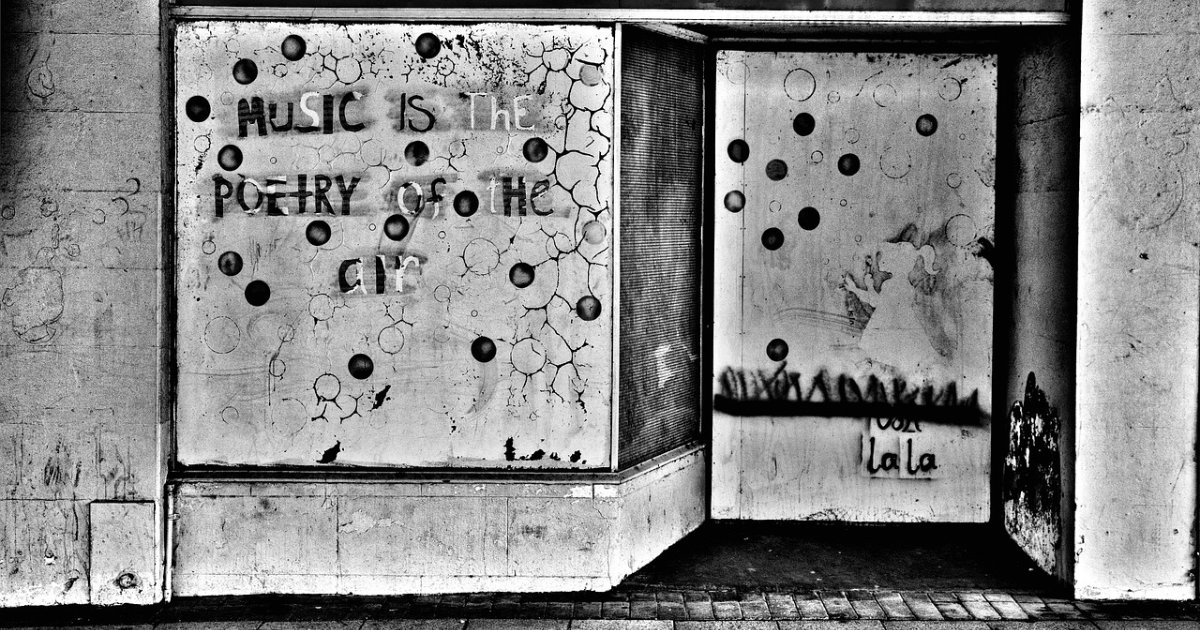Estimated reading time: 7 minutes
Grime music is a genre that originated in the underground scene of East London. It is characterized by its energetic beats, aggressive lyrics, and unique production techniques. Grime has gained popularity in recent years, breaking down the barriers of the mainstream media and capturing the attention of music enthusiasts worldwide. In this article, we will explore the definition of grime music, its historical background, the influence of pirate radio stations, the relationship between grime and garage music, the impact of electronic sounds, the rise of the grime scene, and notable grime artists.
Table of contents
Definition of Grime Music
Grime music is a genre that emerged in the early 2000s in East London. It is a blend of electronic sounds, aggressive rap lyrics, and fast-paced beats. The term “grime” refers to the gritty and raw nature of the genre, which often portrays the realities of urban life. Grime artists use their lyrics to address social and political issues, providing a voice for the marginalized communities they come from. With its high energy and intense delivery, grime music has become synonymous with the urban culture of East London.

Brief History of Grime Music
The roots of grime music can be traced back to the early days of pirate radio stations in East London. These illegal radio stations provided a platform for aspiring artists to showcase their talent and connect with their audience. One of the most influential pirate radio stations during this time was Rinse FM, which played a crucial role in the development of grime music. Artists such as Dizzee Rascal, Tinie Tempah, and Ruff Sqwad gained recognition through their appearances on Rinse FM.
Origins and Roots of Grime Music
East London is widely regarded as the birthplace of grime music. The area has a rich cultural history and has been home to many talented musicians and artists. The connection between grime music and East London can be attributed to the vibrant and diverse community that exists in the area. The struggles and experiences of the people living in East London have shaped the lyrics and sound of grime music, making it an authentic representation of urban life.

Influence of Pirate Radio Stations in the Development of Grime
Pirate radio stations played a pivotal role in the development of grime music. These stations provided a platform for aspiring artists to showcase their talent and gain exposure. The DJs and hosts of these stations played an essential role in promoting grime music and supporting the emerging artists. Pirate radio stations created a sense of community within the grime scene and allowed artists to connect directly with their audience, bypassing the mainstream media.
Garage Music as a Precursor to Grime
Garage music, also known as UK garage, served as a precursor to grime music. Garage music emerged in the 1990s and was characterized by its syncopated beats and soulful vocals. The relationship between garage music and grime can be seen in the similar rhythmic patterns and electronic sounds used in both genres. However, grime music took a more aggressive and raw approach compared to the smoother and more melodic sound of garage music.
- What Is Trap Music? Discover the Basics of Trap Music
Similarities and Differences between Grime and Garage Music
While grime music has its roots in garage music, there are distinct differences between the two genres. Grime music is characterized by its faster beats per minute (BPM) and aggressive rap lyrics, whereas garage music tends to have a slower BPM and more soulful vocals. Grime music also incorporates darker and grittier electronic sounds compared to the lighter and more upbeat sounds of garage music. Despite these differences, both genres share a common influence from the urban culture of East London.
Electronic Sounds and the Evolution of Grime
The evolution of grime music can be attributed to the integration of electronic sounds into the genre. Grime artists began experimenting with unique production techniques, incorporating elements of dubstep, drum and bass, and electronic dance music. These electronic sounds added depth and intensity to grime tracks, creating a distinct sonic identity for the genre. The use of electronic sounds in grime music contributed to its rise in popularity and broadened its appeal beyond the underground scene.
Rise of the Grime Scene
In recent years, grime music has experienced a surge in popularity, gaining recognition both in the UK and internationally. Notable grime artists such as Dizzee Rascal, Tinie Tempah, and Skepta have achieved mainstream success, bringing grime music to a wider audience. Grime crews and collectives, such as Musical Mob and Ruff Sqwad, have played a significant role in promoting the genre and supporting emerging artists. The rise of the grime scene has led to the establishment of grime-specific events, festivals, and awards, further solidifying its place in the music industry.
Notable Grime Artists
Dizzee Rascal
Dizzee Rascal is considered one of the pioneers of grime music. His debut album, “Boy in da Corner,” released in 2003, received critical acclaim and won the Mercury Prize. Dizzee Rascal’s unique style and lyrical prowess have made him one of the most influential figures in the grime genre.
Tinie Tempah
Tinie Tempah is another well-known grime artist who achieved mainstream success. His debut album, “Disc-Overy,” released in 2010, spawned several hit singles and earned him multiple awards. Tinie Tempah’s catchy hooks and infectious energy have made him a popular figure in the grime scene.
Skepta
Skepta is a prominent figure in the grime scene and has gained international recognition for his music. His album “Konnichiwa,” released in 2016, won the Mercury Prize and propelled him to global fame. Skepta’s gritty lyrics and innovative production have solidified his position as one of the leading grime artists.
| Artist | Notable Achievements |
|---|---|
| Dizzee Rascal | – Pioneering figure in grime music |
| – Debut album “Boy in da Corner” won the Mercury Prize | |
| Tinie Tempah | – Achieved mainstream success with debut album “Disc-Overy” |
| – Produced several hit singles and received multiple awards | |
| Skepta | – International recognition for album “Konnichiwa,” won Mercury Prize |
| – Known for gritty lyrics and innovative production | |
| Stormzy | – Notable for his album “Gang Signs & Prayer” and hit singles |
| – Strong social and political messages in his music | |
| Wiley | – Considered the “Godfather of Grime” |
| – Significant influence on the genre and mentor to younger artists | |
| Kano | – Acclaimed for albums like “Home Sweet Home” and “Made in the Manor” |
| – Known for his lyrical skill and contribution to grime | |
| JME | – Co-founder of Boy Better Know collective |
| – Known for his independent approach and socially conscious lyrics |
Conclusion
Grime music is a genre that originated in the underground scene of East London and has gained popularity worldwide. It is characterized by its energetic beats, aggressive lyrics, and unique production techniques. Grime music provides a voice for the marginalized communities it comes from, addressing social and political issues. The influence of pirate radio stations, the connection to garage music, the integration of electronic sounds, and the rise of notable grime artists have contributed to the fame of grime. As the grime scene continues to evolve, it remains a powerful and authentic representation of urban culture.
- What is Phonk? Uncovering the Origins and Definition
- The Evolution and Impact of Trap Music Artists: From Streets to Mainstream Success
FAQ
Aside from Dizzee Rascal, Tinie Tempah, and Skepta, other notable grime artists include Stormzy, Wiley, Kano, and JME.
Grime music typically has a fast-paced BPM ranging from 140 to 150 beats per minute.
While pirate radio stations played a crucial role in the development of grime, their influence has diminished with the rise of digital platforms and streaming services. However, they still hold a special place in the history and culture of grime music.
Grime and hip-hop share similarities in terms of their rap and lyrical elements. However, grime has a distinct sound and energy that sets it apart from traditional hip-hop. Grime’s roots in East London and its unique production techniques contribute to its distinctive identity.
Getting involved in the grime scene can be as simple as attending local grime events, supporting emerging artists, and engaging with the community on social media platforms. Exploring grime music and its associated culture is a great way to immerse oneself in the scene.
